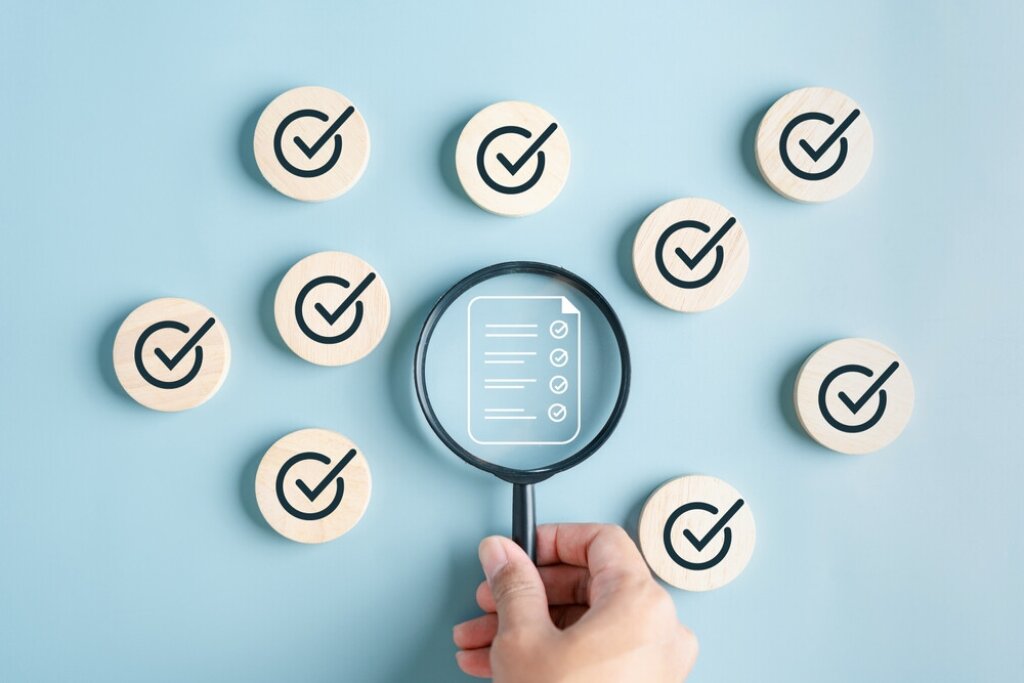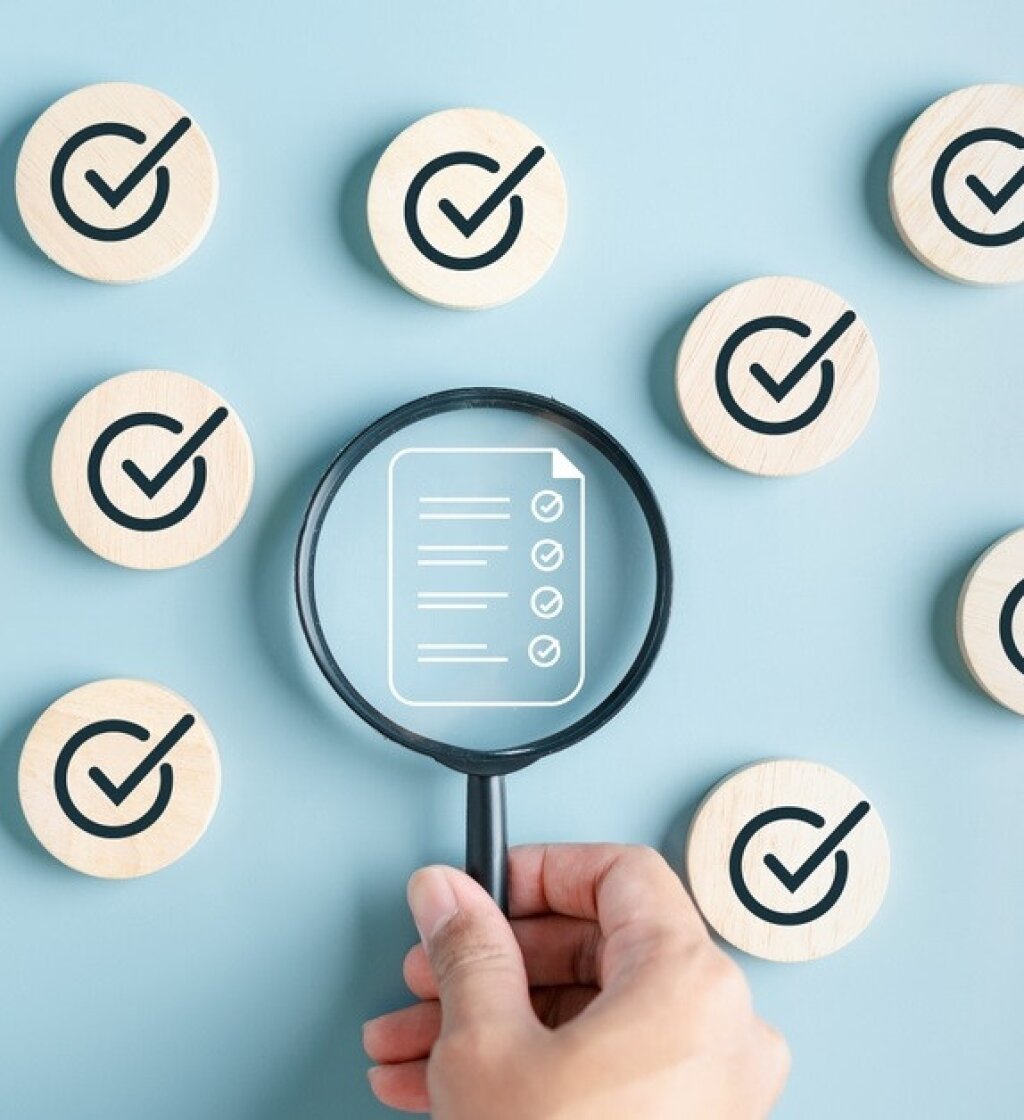How to Choose the Right Video Redaction Software
In today’s data driven world video is everywhere – from body worn police cameras and CCTV systems to workplace surveillance and mobile recordings. While this wealth of video evidence is invaluable it also raises an important question; how do we protect personal privacy?
That’s where video redaction software comes in. By automatically or manually obscuring sensitive information – faces, licence plates, documents or even voices – redaction software helps organisations share video responsibly, comply with privacy regulations and maintain public trust.
But with so many products on the market how do you know which video redaction solution is right for your organisation? Should you prioritise speed? Accuracy? Security? Cloud-based convenience or on-premises control?
This video redaction software buying guide will walk you through the key factors to consider and help you make a confident informed decision.

What Is Video Redaction?
Video redaction is the process of removing or obscuring identifiable or sensitive information within video or audio content. This can include:
Blurring or pixelating faces, licence plates or identifying marks
Masking documents, computer screens or location details
Silencing or muting parts of conversations to hide names, phone numbers or other personal information
Redaction software is used by law enforcement, public service agencies, retailers, commercial operators, schools, hospitals and private companies that need to balance transparency with confidentiality.
Done correctly redacted videos remain useful as evidence, training material or public information while respecting individuals’ privacy rights.
Why Choosing the Right Redaction Software Matters
Manual redaction is notoriously time consuming. Imagine scrubbing frame by frame through a 90-minute video to blur a single person’s face. It could take hours. Modern video redaction software especially AI powered tools automate much of this work to save time, improve accuracy and ensure compliance.
However, not all tools are created equal. Some are faster but less precise. Others offer high accuracy but require technical skills to operate them. Some store data on your own servers while others rely on cloud services.
The wrong choice can leave you with redaction software that slows your team down or, worse, risks sensitive data being exposed.
Key Questions to Ask When Choosing Video Redaction Software
1. Does It Offer Automated Redaction?
Automation is where modern redaction tools shine. Look for software that can:
Detect and track objects like faces, people, vehicles or licence plates automatically and follow those objects across frames without manual adjustments
Handle complex environments (e.g., crowds, poor lighting, moving cameras)
AI powered detection reduces the workload but manual override is still needed for fine tuning and what automation might miss.
2. What Object Types Can The Redaction Software Identify?
Good redaction software should go beyond faces and plates. Can it automatically obscure:
Tattoos, uniforms or physical characteristics that identify individuals
Screens, documents or digital displays
Audio content such as names or addresses spoken aloud
The more comprehensive the recognition capabilities the more future-proof your investment will be.
3. Can It Handle Audio Redaction Too?
Video goes hand in hand with audio and sensitive details are just as likely to be spoken as shown. That’s why audio redaction features are a must.
Two common approaches include:
Physical redaction
Replacing parts of the audio track with silence, a tone or a beepLogical redaction
Flagging certain sections to skip or mask during playback without altering the original file
The best tools provide waveform or transcript-based editing so you can pinpoint exactly where private details need to be muted.
4. How Easy Is It to Use?
Redaction shouldn’t require a computer science degree. A user-friendly interface is critical, especially in organisations where staff may not have advanced technical skills.
An intuitive tool:
Saves time and training costs
Reduces the risk of human error
Broadens who can take responsibility for redaction tasks
Ask for a demo or trial and let your team test how quickly they can pick up the basics.
5. How Fast and Efficient Is The Redaction Software?
Speed matters, particularly if your organisation processes large volumes of video. Evaluate:
Can the software handle bulk processing or batch exports?
Does it support GPU acceleration for faster rendering?
How long does it take to redact an hour of HD footage?
Slow processing not only wastes staff time but also can delay casework, compliance deadlines or public information requests.
6. What Export and File Compatibility Options Are Available?
Video comes in many formats. Effective redaction software should support a wide range of input and output file types including common formats like MP4, AVI, JPG, PNG and WAV.
Bulk export is another time saver that allows multiple videos to be processed and saved at once.
7. Does It Meet Security and Compliance Standards?
This is where the choice between on-premises and cloud-based software becomes important.
On-premises redaction software:
Runs entirely on your own secure servers or computers
Gives you maximum control and data security – ideal for law enforcement, legal firms, healthcare operations and organisations dealing with sensitive evidence
Reduces the risk of data breaches during transmission or on third-party servers
Cloud-based redaction software:
Accessible from anywhere and often easier to deploy
Scalable for organisations with fluctuating workloads
May raise data security and compliance questions depending on where the servers are located and how the data is encrypted
Whatever you choose, look for features like encryption, password protection, access controls and compliance with relevant data protection regulations (GDPR, HIPAA and CJIS).
8. How Accurate Is The Redaction Software?
Redaction accuracy is non-negotiable. Missing a single face or leaving part of a licence plate visible can have serious legal and ethical consequences. To ensure accuracy:
Test the software with real world footage before committing
Can you review and undo redactions?
Does it perform well in varied conditions (e.g. low light, moving objects, crowds)
Train your staff in best practices for spotting and correcting errors
Remember: automation is powerful but human oversight is still essential.
Additional Buying Considerations
Beyond the 8 core redaction software purchase questions, think about:
Flexibility
Can you customise the style of redactions (blur, pixelation, blackout)?Scalability
Will the software grow with your organisation’s future needs? Does the vendor have a defined product roadmap.Support and training
Does the vendor provide tutorials, manuals and live help when you need it?Cost effectiveness
Weigh the initial cost against ongoing subscriptions, updates and maintenance.
Final Thoughts on Selecting Video Redaction Software
Choosing the right video redaction software is not just about ticking boxes; it’s about protecting privacy, complying with regulations and maintaining trust. Whether you choose the control of an on-premises solution or the flexibility of the cloud your chosen tool should be:
AI powered for speed and automation
Easy to use for non-technical staff
Accurate and reliable in real world conditions
Secure and compliant with the highest standards
With the right balance of automation and oversight your organisation can protect sensitive information without sacrificing efficiency or transparency. Save time, avoid risk and maintain trust.
Why Facit’s Identity Cloak Stands Out
When it comes to choosing video redaction software, the balance of speed, accuracy, ease of use and uncompromising security is crucial. Many tools promise automation or audio masking, but not all deliver the seamless combination of features needed to meet the demands of real-world redaction.
This is where Facit’s Identity Cloak excels. Built with powerful AI for both video and audio redaction, it ensures sensitive details are automatically identified and obscured with minimal effort. The intuitive interface makes it accessible to non-technical users, while advanced options enable professionals to fine-tune results.
Crucially, Identity Cloak can be deployed on-premises for the highest levels of data security, or via the cloud for flexible access, which gives you full control depending on your operational needs.
If your organisation is serious about protecting privacy without compromising efficiency, Identity Cloak is a solution worth exploring.
Start a free trial today and experience first-hand how Identity Cloak can simplify redaction while keeping your data secure.



